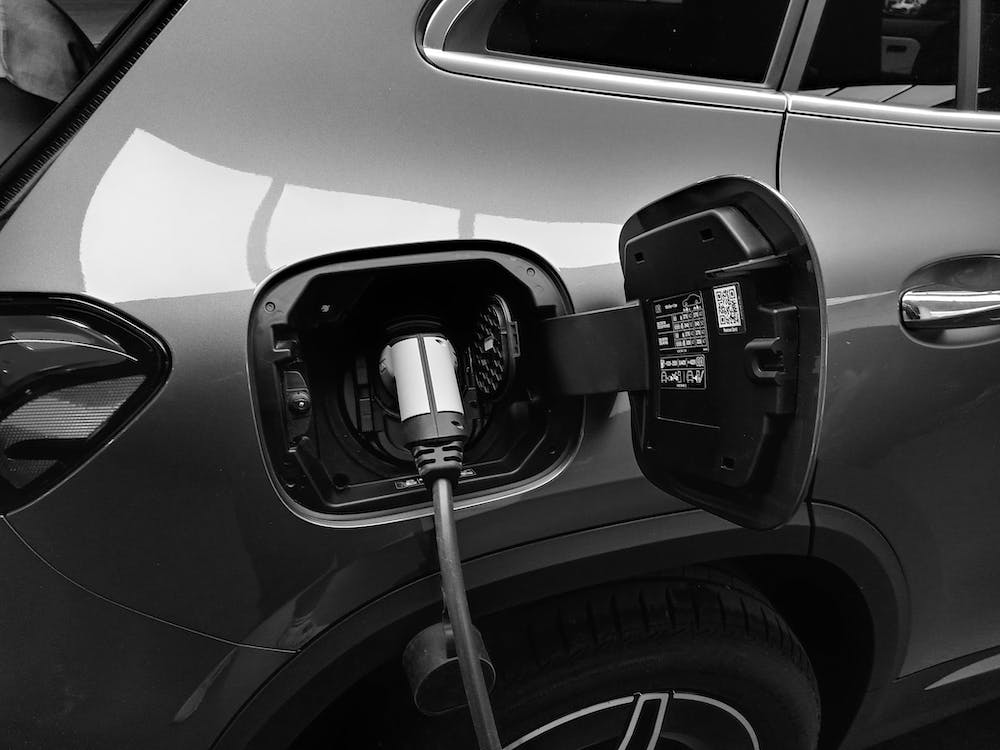The first quarter of 2023 marked the 11th consecutive quarter of rising battery imports and set a new record, approximately 24% higher than the previous record set in the last quarter of 2022.
The leading shippers in the first quarter were China’s Contemporary Amperex Technology Co. Ltd., the world’s largest lithium-ion battery manufacturer; LG Energy Solution Ltd., with significant factories in South Korea, China, and Poland; and US-based Tesla Inc., which supplements its domestic battery production with imports from China.
In 2023, the United States has seen a remarkable increase in the construction of lithium-ion battery factories, supported by substantial manufacturing tax incentives provided by the Inflation Reduction Act of 2022. This development intends to localize the production of this critical energy transition technology.
However, the US continues to depend heavily on international trade for its lithium-ion batteries, especially from China, to meet the escalating demand for electric vehicles and electrochemical energy storage as part of its effort to reduce emissions. The imports of these batteries have soared to unprecedented levels.
The largest recipients of these shipments were Tesla and Samsung SDS America Inc., a subsidiary of South Korean battery maker Samsung SDI Co. Ltd. Other significant recipients included Fluence Energy Inc., a battery storage system integrator, and a battery construction affiliate of NextEra Energy Inc.
Companies like Fluence, Samsung, Tesla, and LG Energy Solution are among those that have pledged to construct or expand US lithium-ion battery manufacturing following the enactment of the Inflation Reduction Act. Additionally, Contemporary Amperex Technology is collaborating with Ford Motor Co. on its domestic battery production.
In the first quarter of 2023, China was the largest contributor to US battery imports, with an overwhelming share of 87.9%, up from 77.5% a year ago. South Korea contributed 3.2%, down from 4.7% in the same period in 2022. Poland increased its share to 3.1% from 1.4%, and Japan’s contribution dropped dramatically from 11% to just 1.2%.
The increasing demand for lithium-ion batteries in the U.S., which resulted in a record-breaking import in Q1 2023, is a clear indication of the ongoing energy transition and the heightened emphasis on electric vehicles (EVs) and electrochemical energy storage. It also underscores the significant role of international trade, particularly with China, in meeting this demand.
The data underscores the urgency of increasing domestic production capabilities to meet the escalating demand. It also suggests that despite the rapid build-out of domestic lithium-ion battery factories, reliance on imports, particularly from China, is likely to persist in the near term due to the sheer volume of demand.
Consequently, while the U.S. continues to bolster its domestic production, maintaining healthy international trade relationships will be crucial to meeting the nation’s energy transition goals.


